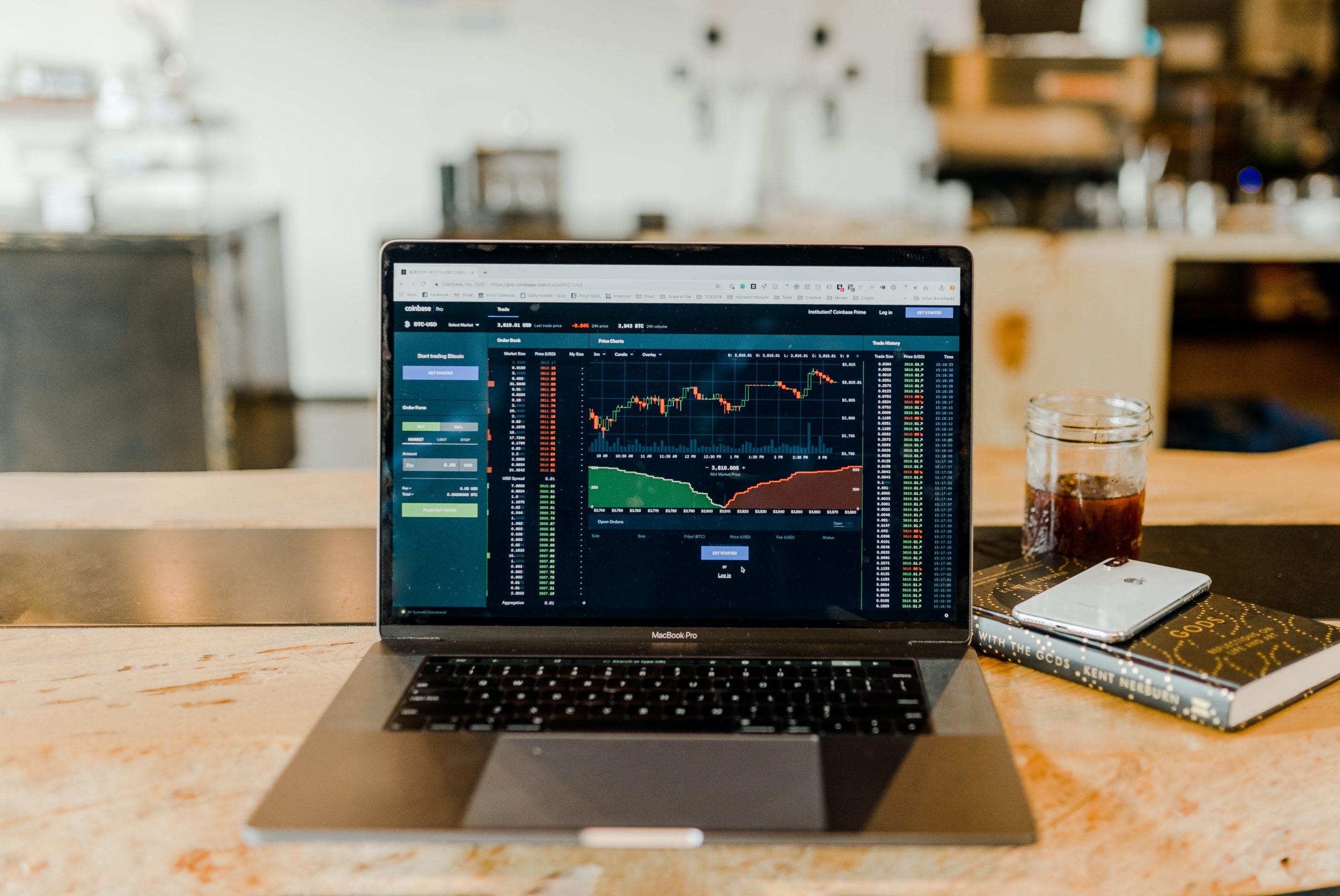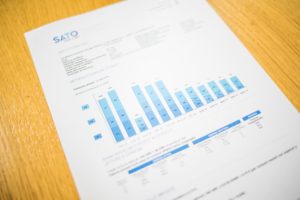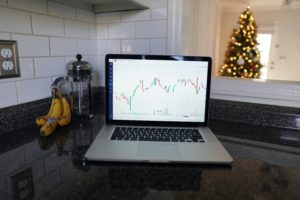Foreword
Do you know What Level 1 & Level 2 are? Level 1 and Level 2 are powerful tools when it comes to day-trading. Acquiring how to read and understand them will help you to form your basis for stock investing or trading. It is also an essential part when managing an investment portfolio. In this article, I will walk you through what Level 1 & Level 2 are and also provide you some examples so that you can have a better understanding of them.
Level 1
When talking about Level 1, all you need to know is that it provides you basic and essential market data when trading stocks. In general, the market data are:

Bid and Ask
| Bid: The highest price that a buyer is willing to pay for a share. | |
| Bid size (Bsize): The number of shares that are available at the bid price. | |
| Ask: The lowest price that a seller is willing to sell his share. | |
| Ask size (Asize): The number of shares that are available at the ask price. | |
| Last price: The price at which the latest trade was completed. | |
| Last size: The number of shares that were traded in the latest trade. |
These are the market data that brokers would commonly provide, and they are often free nowadays.
Level 2
When talking about Level 2, all you need to know is that it is an order book. Pending orders that were sent to the market are all listed on Level 2. Different from Level 1, brokers would charge you fees for Level 2. And these are the information included in Level 2.
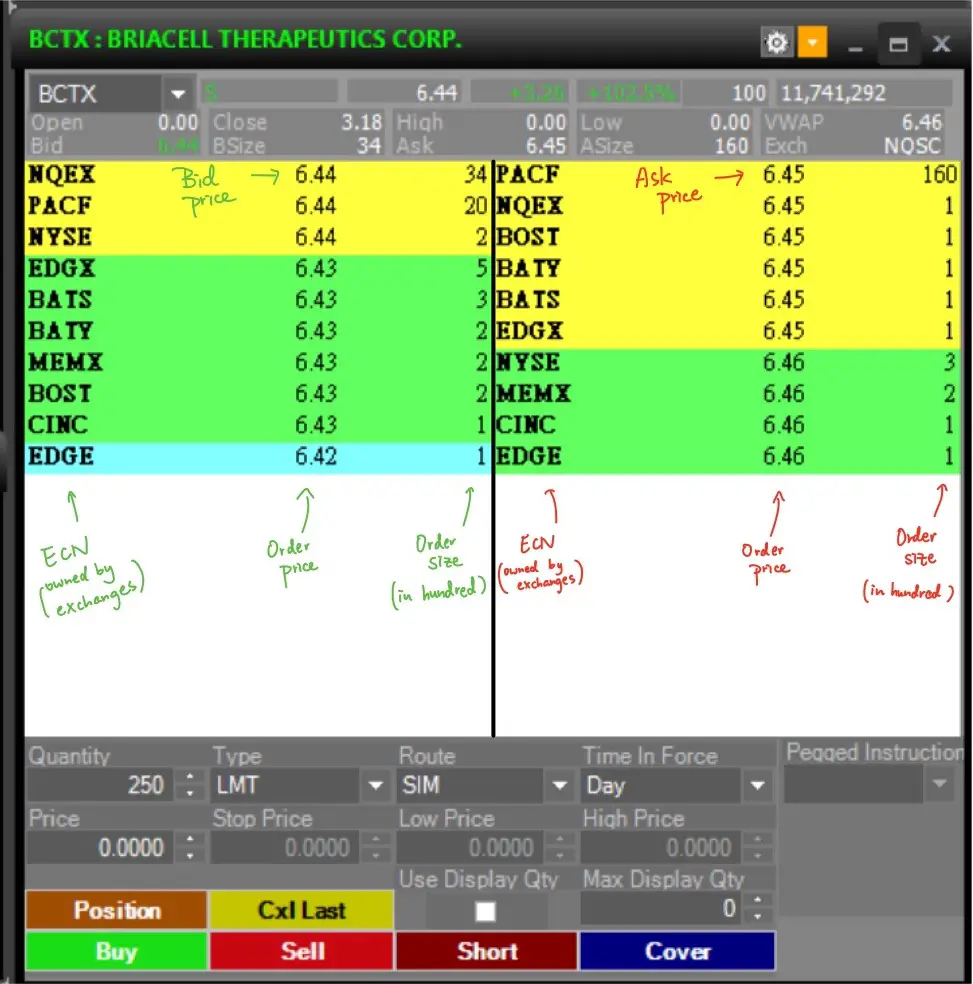
| ECN: The trading system where the order would be executed. |
| Order Price: The price of each share in the order. |
| Bid Price: The highest price that a buyer is willing to pay for a share. |
| Ask Price: The lowest price that a seller is willing to sell their share. |
| Order Size: Amount of shares for buying or selling. |
Of course, there is more information provided in Level 2, but I found these are the most useful ones. You can choose to display other information in your trading platform system preference.
Related article: What is ECN?
How orders are organized on Level 2?
You may wonder how pending orders are organized on Level 2. To explain how they are organized, we need to know what is included in our sent order.
| Time: The time that the system received your order |
| Ticker: Which stock you are buying? |
| Order type: Which order type? A Market Order or Limit Order? |
| Order size: How many shares you are going to buy |
| Order price: The price you are willing to pay (Excluded for the Market Order) |
The trading system would receive this information once you sent your order. Then, it would try to match your order (e.g BUY) with another order (e.g SELL) in the market. If there is a match, your order would be filled. Otherwise, your order would be listed on Level 2. The system then would rearrange those pending orders base on their order price and time.
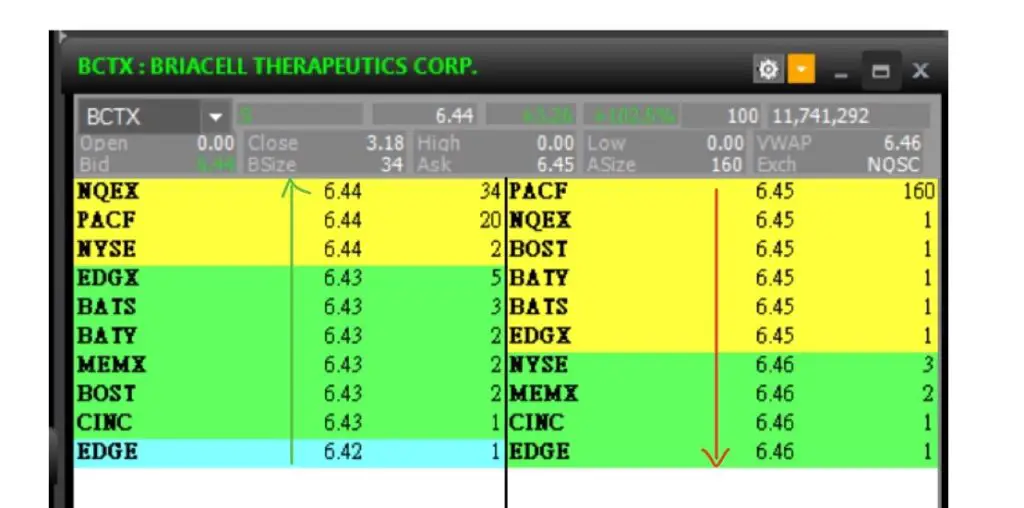
Bid session (LEFT): The higher the order price, the higher the order locates.
Ask session (RIGHT): The lower the order price, the higher the order locates.
(If the order price of several orders is the same, the system would arrange them by time. The earlier it was received, the higher it locates.)
Why the Bid size or the ask size doesn’t add up?
If you are attentive, you may notice that the bid size or the ask size doesn’t add up even though they cost the same.
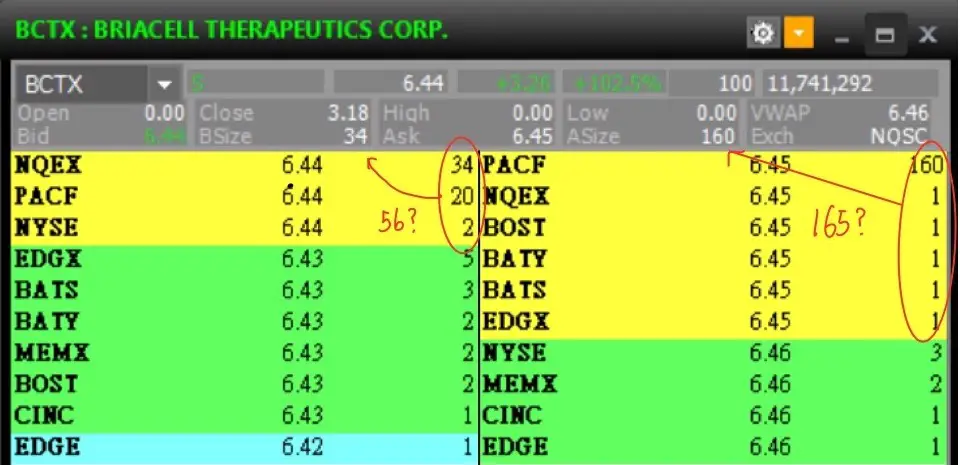
There is a difference because the system would only show the size of the top one pending order. When you are looking at it, you should add them up instead of looking at Level 1.
(That’s why people are paying fees to their broker for level 2 data instead of just getting free Level 1 data)
Final thought
Acquiring how to read and understand the basics of level 1 and level 2 quotes is essential when building your foundation of day-trading or investing. Make sure you get familiar with them. They will distinct you from ordinary traders when utilized wisely.
[Next Lesson: Times and Sales.]


